On the Road is a weekday feature spotlighting reader photo submissions.
From the exotic to the familiar, whether you’re traveling or in your own backyard, we would love to see the world through your eyes.
On the Road: Week of May 24 (5 am)
Albatrossity – Spring 2021 in Flyover Country #4
UncleEbeneezer – SE Asia Valentines (Part 5): War Remnants Museum
?BillinGlendaleCA – UCLA
Steve from Mendocino – The Caribbean 4 of 4 – Virgin Islands
way2blue – My Home Town, California
? And now, back to Albatrossity!
Albatrossity
Week 4 is birds, flowers, and even a surprise snowstorm in April!
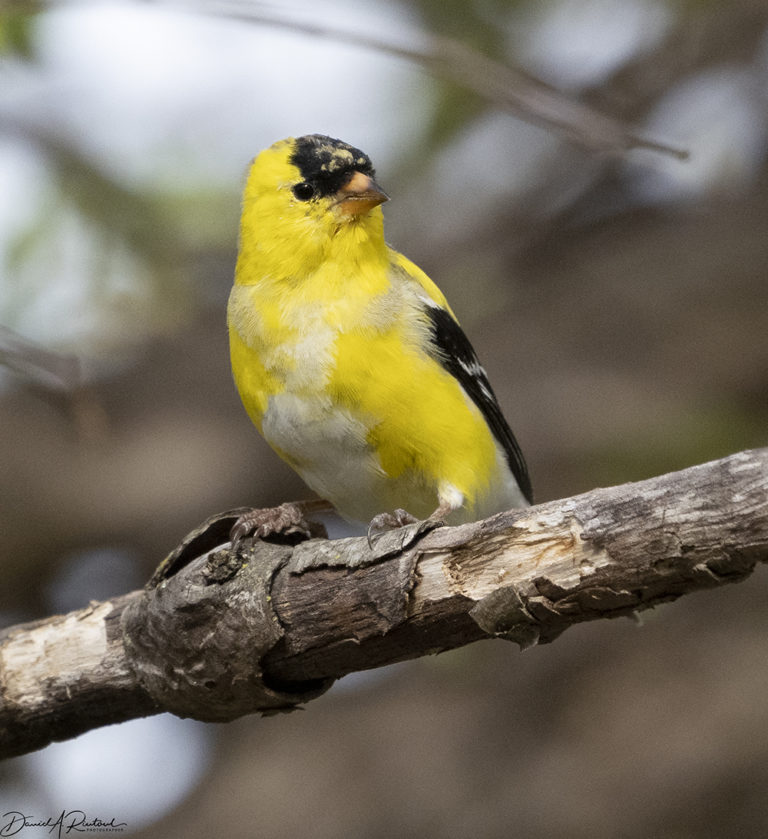
Many of our birds do not migrate, but they do change appearances during the spring season. One of the more obvious of those is this American Goldfinch (Spinus tristis), which has mostly changed out of its dingy winter outfit, but still has a few places to fill in with new colorful feathers.
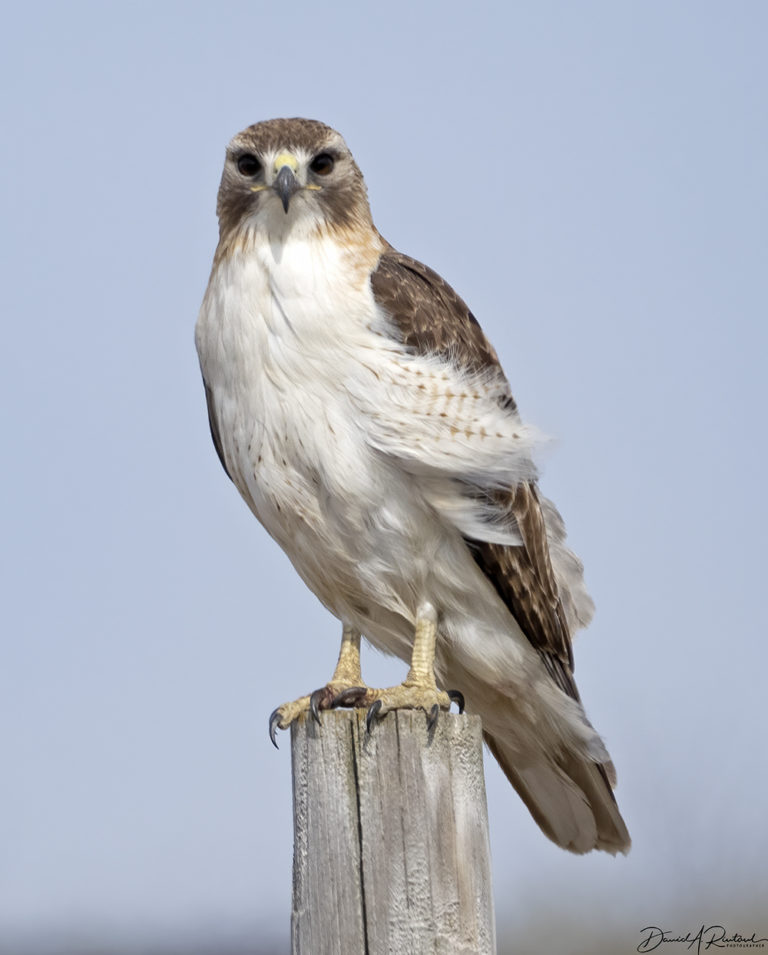
Many of our summer resident hawks have returned from points south, and this is one of those. A very pale and elegant Red-tailed Hawk of the borealis/eastern subspecies (Buteo jamaicensis borealis), which was occupying a fence post that hosted dark northern redtails all winter long. Welcome back!
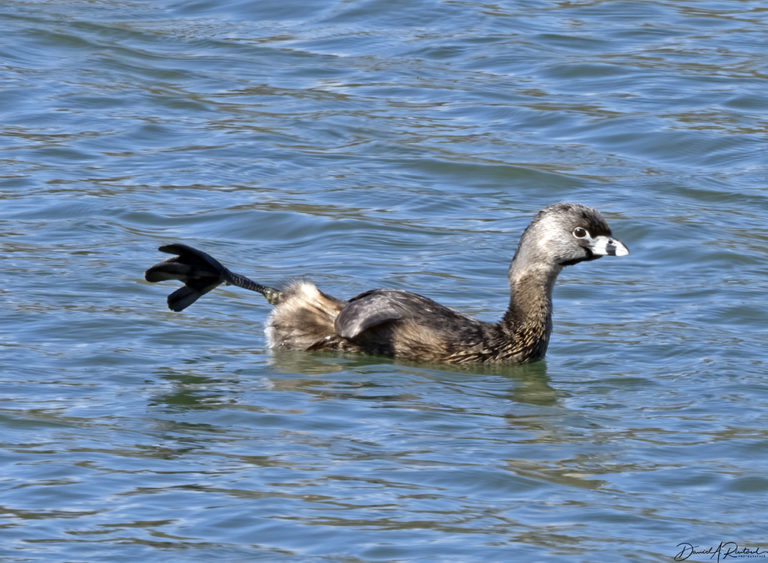
Another welcome migrant, but one that is just passing through this part of Flyover Country, is the Pied-billed Grebe (Podilymbus podiceps). This one is either stretching out some kinks in its legs, or showing off its fine footwear. Coincidentally, the specific epithet is derived from two Latin words that roughly translate to “feet at the buttocks”, describing the very rearward placement of the feet in all grebe species.
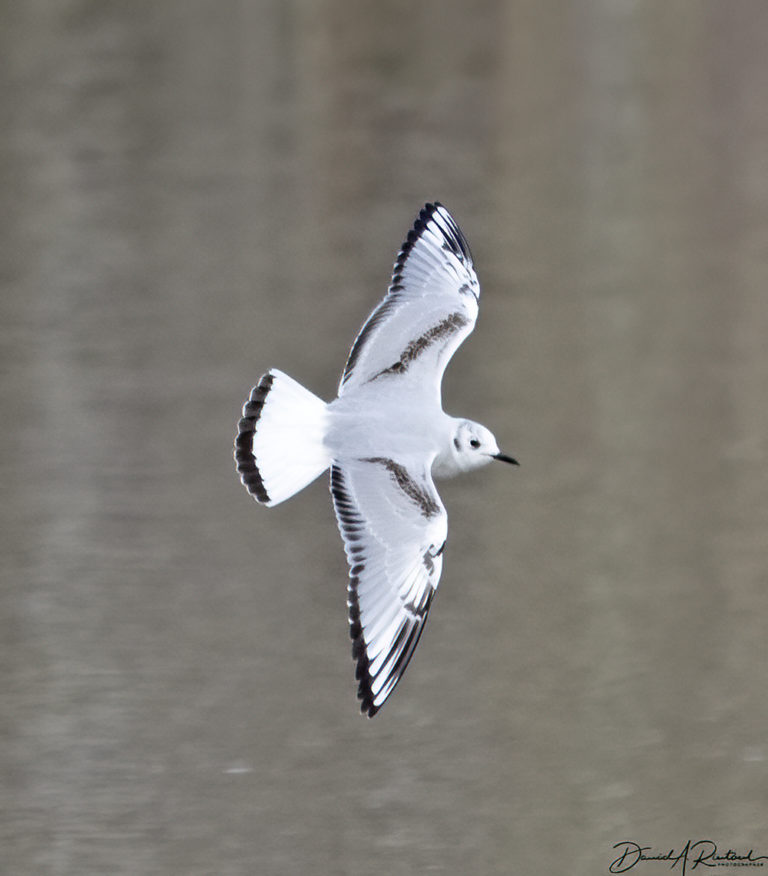
Gulls are also moving through Flyover Country in April and May. Large flocks of Franklin’s Gulls often contain one or two oddballs, such as this delicate first-year Bonaparte’s Gull (Chroicocephalus philadelphia). This species was in the genus Larus until recently, but was placed in this genus based on DNA phylogenetic evidence. Interestingly the name comes from two Greek words, “khroizo” (to color), and “kephale” (head). Adult Bonaparte’s Gulls do have dark-colored heads, as do several other members of this genus. But the genus also includes 2 New Zealand birds, the Red-billed Gull (C. novaehollandiae) and the Black-billed Gull (C. bulleri), which both have plain white heads. Taxonomic revisions don’t always make complete sense…
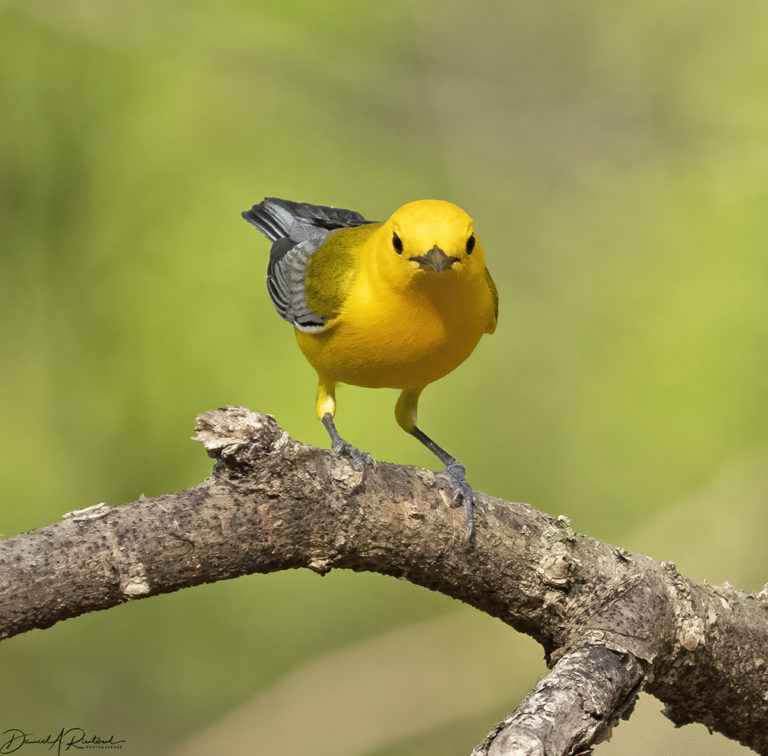
The return of the Prothonotary Warblers (Protonotaria citrea) is a welcome sign of spring in Flyover Country. Historically a bird of the southeast US, they have slowly been expanding their range northward and westward. This golden singer of the swamp lights up the forest, even on a rainy day.
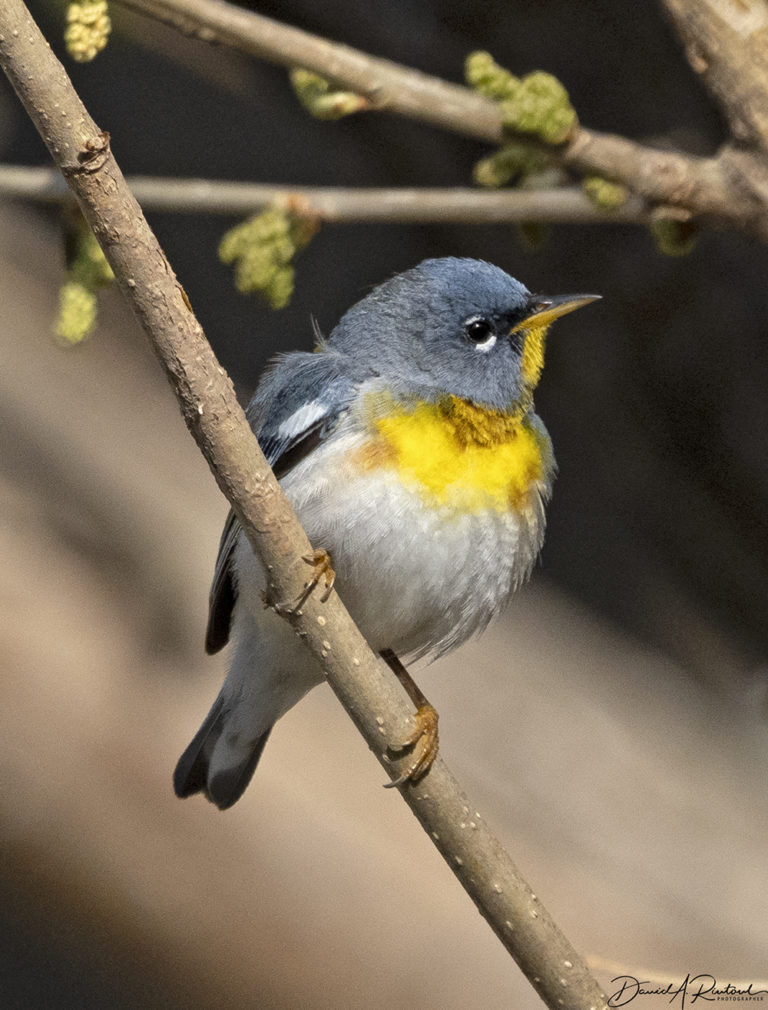
Another tiny migrant that will be with us all summer is the Northern Parula (Setophaga americana). These diminutive birds pack a lot of colors into their plumage, and the white eye arcs are the perfect accent to all of those.
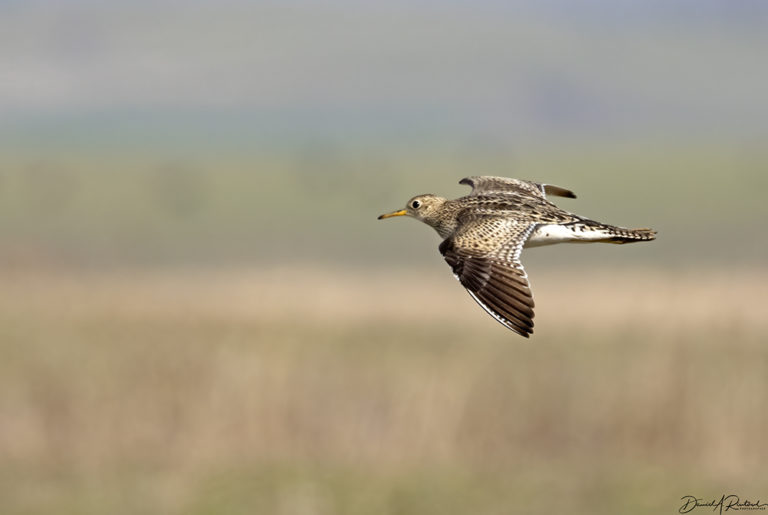
The warblers shown above are relatively short-distance migrants, wintering in Mexico and Central America. This Upland Sandpiper (Bartramia longicauda) is much more of an international traveler, since it winters across the equator in the pampas of Argentina and Uruguay. And the summer range doesn’t stop in Kansas, it extends across the Dakotas into the prairie provinces of Canada, westward into Southeastern Alaska, and eastward into Ontario and Quebec. The genus name commemorates William Bartram, one of the earliest naturalists to describe plants and animals from North America.
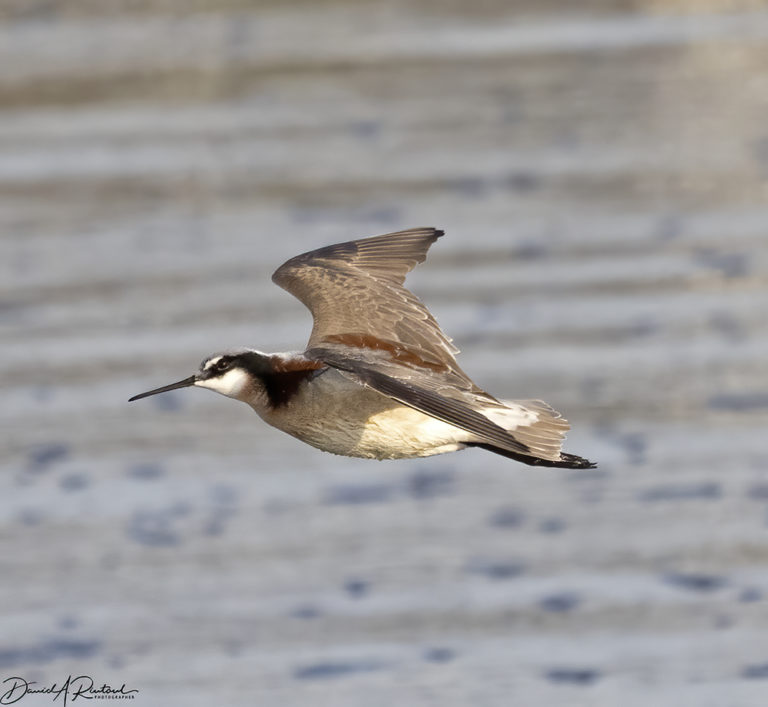
Wilson’s Phalarope (Phalaropus tricolor), one of several North American birds named after another early naturalist, Alexander Wilson (a student of Bartram), is also a trans-equatorial migrant. It winters on high salt lakes in the Andes, and summers across much of the western US and southern Canada. This is a female, who is more colorful than the males. This species also has a dizzying feeding display, in which the birds twirl madly in the water and pick off insects which come to the surface in the vortex.
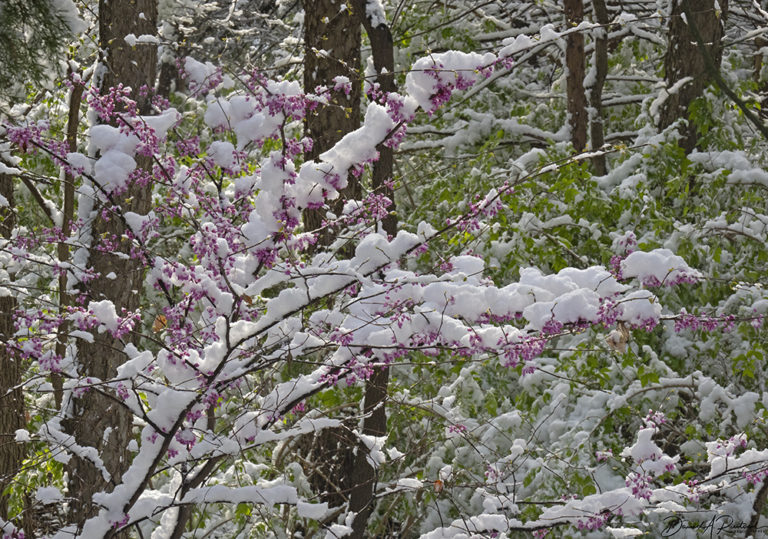
In late April we had a surprise snowstorm, which dumped 3-5″ of wet snow on our leafy and flowery trees. It melted by mid-afternoon, which means that it snowed twice; once when it fell from the sky and once when it fell from the tree branches in big clumps.
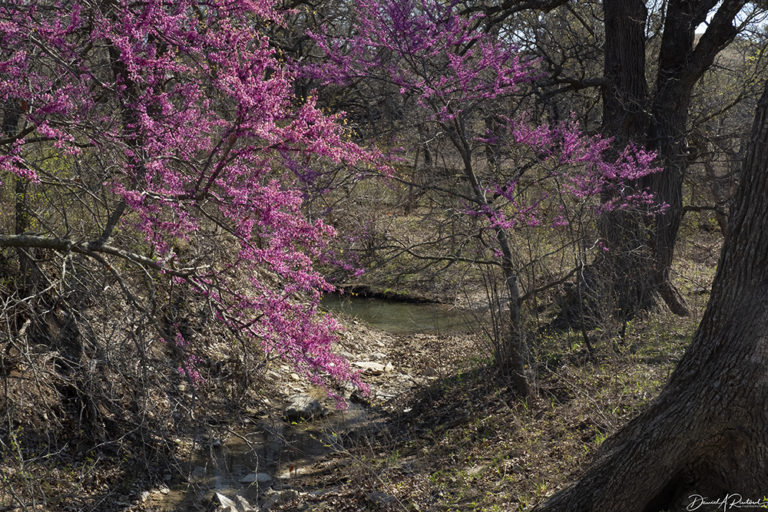
But the cool spring had one beneficial effect; the redbuds, which are normally abundant and colorful here for about a week, continued to display their vibrant colors for 2-3 weeks. This is a streamside on the Konza Prairie, and it looked like this for multiple weeks!

p.a.
Great shots! That is a very handsome gull. Here in New England our gulls, herring & ring-billed mostly (truthometer: I looked that up) have such a negative image (rats with wings) we tend to forget their looks are understated and elegant.
Rob
I love the grebe photo. And the gull is very elegant.
OzarkHillbilly
Are grebes like loons in that their legs are so far back on their bodies they can’t walk on land? (learned this about loons when I rescued one from a commercial fishing net it had become entangled in, the best it could do was flop forward until it reached the edge of the dock and flop into the water)
KSinMA
Great photos. Loved the video of the Wilson’s Phalaropes!
Albatrossity
@OzarkHillbilly: Yeah, Grebes can’t walk on land at all, or even get up enough speed to take off and fly from there. There are instances where large flights of them are forced down by weather and they land on surfaces that look like water (roads, roofs, etc.). They can’t take off again from there, and sometimes the results are pretty tragic.
Charlie
Sharp images. Well done.
eclare
Love the gull photo!
Nelle
Back in the days when my husband was a bush pilot in northern Alaska, we noticed that the two or three pilots sort of churned around as they were getting ready for a day of flying, gathering bits of info and gear. The wife of one said, “Oh, Walt is phalaroping today.”
Laura Too
Amazing photos, you are so gifted. Thanks for sharing your talent and knowledge. I always come away with happy feelings-great way to start the week!
Benw
Really nice! The birb pics are amazing as always and the snow on the flowers is great.
WaterGirl
I don’t know why, but little yellow birds in your photos make me happy, and I always catch myself smiling back at them.
Also, the picture of the snow on the branches is so wonderful.
HinTN
@Albatrossity: What’s going on with the downward trimmed wing of the Upland Sandpiper? Was there a real crosswind or was it about to turn?
As always, great pix and I learn something interesting.
J R in WV
Great series of nature shots, hard to tell which prefer, the birbs or the redbuds, which were also pretty long-lived here as well. No snow here, thankfully. I am pretty well done with winter by April anyway.
My first trip into the Rockies for rock collecting, we saw snow in June. Didn’t amount to so much we couldn’t get around in it, but still…
Thanks again for sharing these pictures, so sweet to see.
Albatrossity
@HinTN: The bird was in a glide, and they often glide with downturned wings, sorta like Spotted Sandpipers.
JanieM
@WaterGirl: Me to on the yellow birds. In this set, especially that Prothonotary Warbler.
I also love the picture of the redbuds, and can relate to appreciating when spring is slowed down by cool weather. I love it when we get to a certain point — daffs, forsythia, not-quite-leaves on the trees, and then get a cool rainy spell that pauses the tape. It all went by fast this year. And early.
OzarkHillbilly
@Albatrossity: Evolution comes up with some strange results.
JustRuss
Another fan of the gull here.